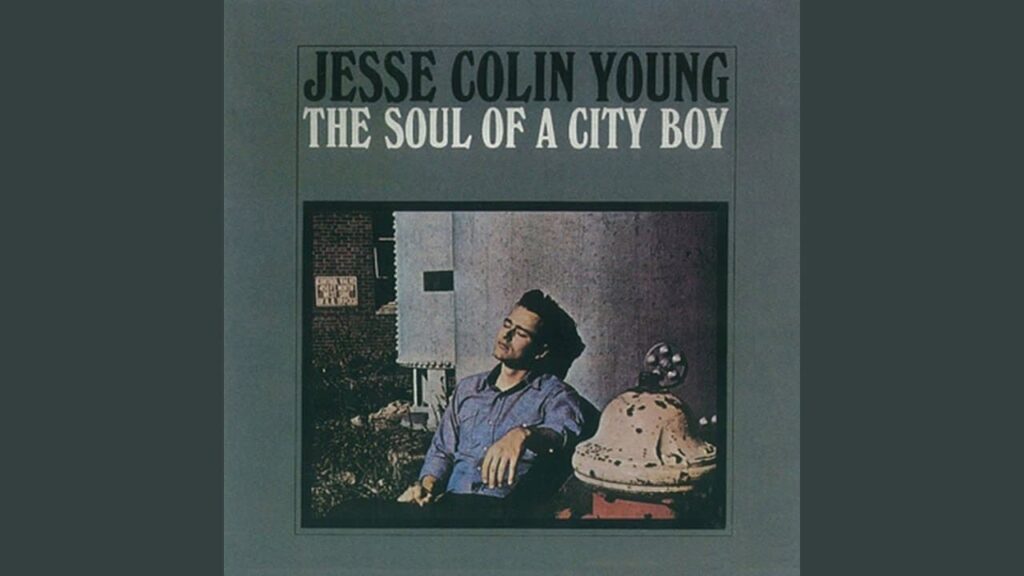
A Gentle Dawn of Introspection: When a Folk Ballad Captured the Quiet Solitude of Early Morning.
“Four in the Morning,” a tender and introspective folk ballad that explored the quiet solitude of the pre-dawn hours and the lingering echoes of lost love, became a cherished moment in the career of an artist known for his heartfelt sincerity and connection to the natural world. This 1972 single by Jesse Colin Young, while not a massive chart-topping success, resonated deeply with his audience and became a staple of his live performances, a testament to its enduring beauty and the quiet power of its narrative. It’s a song that grapples with the lingering ache of a lost relationship, the quiet contemplation of solitude, and the gentle beauty of the world awakening in the pre-dawn stillness. It’s a song that transforms a personal reflection into a timeless meditation on love and solitude.
Imagine a rustic cabin, the soft glow of dawn filtering through the windows, the air still and quiet. Jesse Colin Young, his voice a warm and comforting presence, delivers a performance that’s both intimate and reflective. He sings of a heart aching for a lost love, a soul seeking solace in the quiet solitude of the early morning hours. The song, featured on his album “Together,” wasn’t just a folk ballad; it was a carefully crafted emotional landscape, a testament to the artist’s ability to capture the quiet beauty of introspection. The gentle acoustic instrumentation, the heartfelt vocals, and the poetic lyrics created a sense of timelessness, a feeling that this moment of quiet contemplation had been experienced countless times, and would continue to resonate for generations.
The song’s genesis, within the context of Young’s career, marked a period of artistic maturity and emotional depth. He was known for his ability to craft heartfelt melodies and deliver sincere vocal performances, but with “Four in the Morning,” he ventured into more introspective territory, exploring the nuances of solitude and the lingering echoes of lost love. He wasn’t afraid to embrace the quiet vulnerability of the moment, to share his own personal reflections on love and loss.
For those of us who remember the early 1970s, “Four in the Morning” evokes a sense of quiet contemplation, a yearning for a time when music served as a refuge from the noise and chaos of the world. It was a time when artists were not afraid to explore the quieter corners of the human experience, to find beauty and meaning in the simple moments of life. Young’s performance, with its gentle acoustic instrumentation and heartfelt vocals, offered a moment of quiet reflection, a sense of shared vulnerability. It was a song that spoke to the deepest longings of the human heart, the desire for connection, for understanding, and for a sense of peace in the face of loss.
The song’s enduring appeal lies in its timeless message of solitude and the quiet beauty of introspection. It’s a reminder that even in the midst of loss and loneliness, we can find solace in the quiet contemplation of the pre-dawn hours, in the gentle beauty of the world awakening. It’s a song that transcends generations, speaking to the universal human experience of seeking peace and understanding in the face of loss. And even today, decades later, “Four in the Morning” retains its power to move and inspire, its gentle melodies and heartfelt lyrics offering a moment of quiet reflection, a moment of shared vulnerability. It’s a testament to the power of a simple folk ballad to capture the complexities of the human heart, a reminder that sometimes, the most profound emotions are expressed through a quiet whisper of introspection. It’s a song that serves as a gentle meditation, a reminder that even in the quiet solitude of the early morning, the echoes of love and loss can resonate with a profound and enduring beauty.